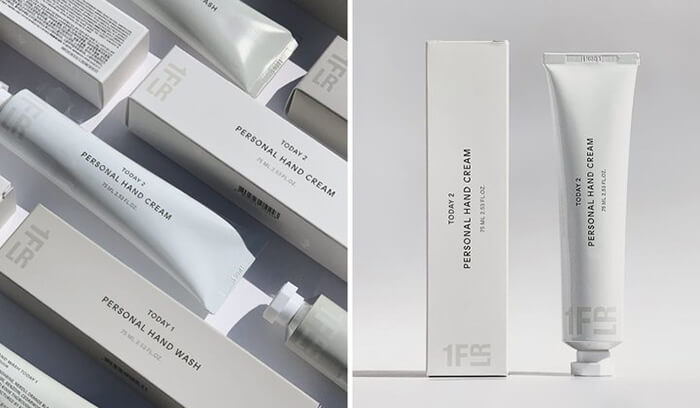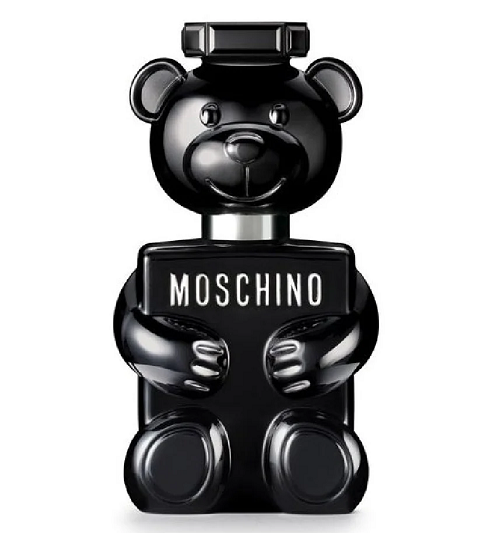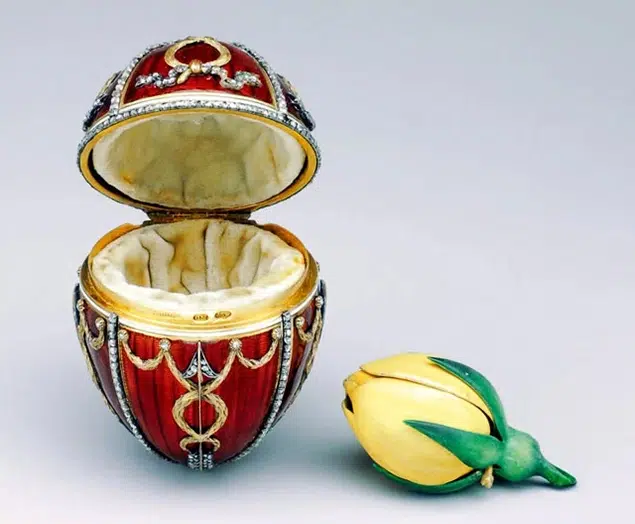What is the Volume of the Space Filled with Tissue Paper in the Packaging Box?
When it comes to packaging delicate or fragile items, tissue paper is often used as a cushioning material to protect them from damage during transportation. However, determining the amount of tissue paper needed to fill a packaging box can be a daunting task. It’s not only important to consider the dimensions of the box and the item being packaged, but also the desired level of protection. In this article, we’ll explore the process of calculating the volume of space filled with tissue paper in a packaging box, and provide some tips for ensuring your items arrive at their destination unscathed.
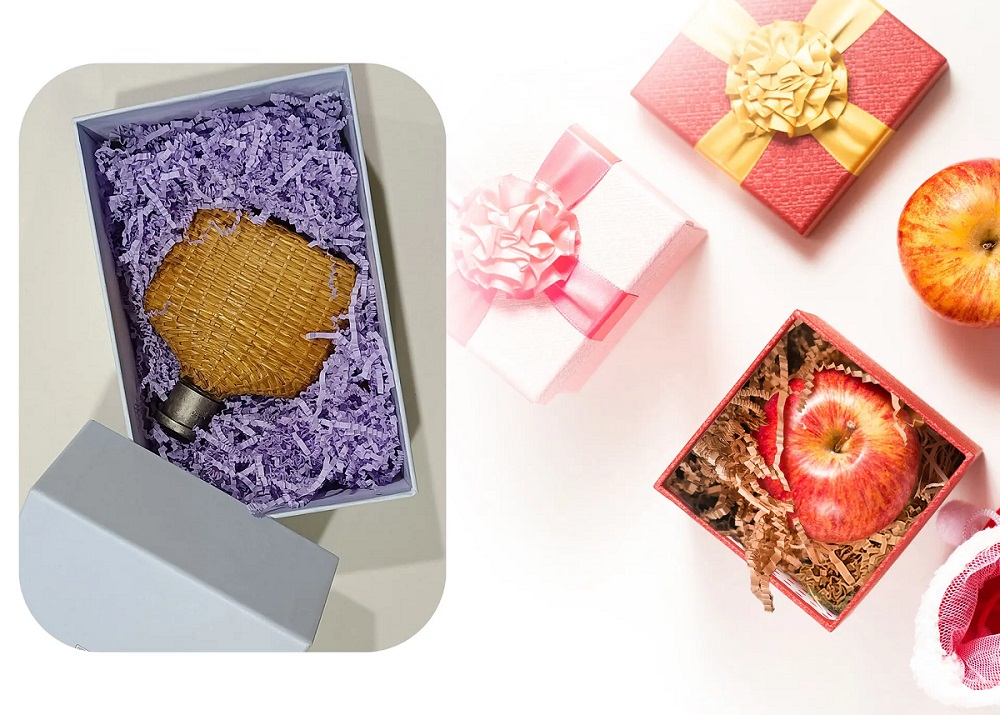
Why Fill Packaging Box with Tissue Paper?
Tissue paper is a popular choice for packaging delicate or fragile items because it provides a soft, protective layer that helps prevent damage during transportation. There are several benefits to using tissue paper in the packaging box, including:
- Protection: Tissue paper provides a layer of cushioning that helps protect the items inside the box from damage during transportation.
- Security: Filling the box with tissue paper helps prevent items from shifting or moving around inside the box, reducing the risk of damage caused by impact.
- Cushioning: Tissue paper provides a soft cushioning layer that helps absorb shock and prevent damage to delicate or fragile items during transportation.
- Customizable: Tissue paper can be easily molded to fit around an object, providing a custom-fit cushion that helps prevent shifting or movement within the box.
- Lightweight: Tissue paper is a lightweight material, which helps keep shipping costs low and reduces the overall weight of the package.
- Economical: Tissue paper is a cost-effective solution for packaging delicate or fragile items, as it is readily available and inexpensive.
- Environmentally friendly: Tissue paper is often made from recycled materials and is biodegradable, making it an eco-friendly choice for packaging.
- Aesthetically pleasing: Tissue paper comes in a variety of colors and patterns, allowing you to add a decorative touch to your packaging and enhance the overall presentation of your product.
- Cost-effective: Filling a box with tissue paper is an affordable and effective way to protect items during shipping, reducing the need for more expensive packaging materials.
The use of tissue paper in the packaging box provides a reliable and cost-effective solution for protecting items during shipping or transportation, while also offering aesthetic benefits and environmentally friendly features.
What is the Volume of the Space Filled With Tissue Paper in the Packaging Box?
Calculating the volume of the space filled with tissue paper in a packaging box can be a bit tricky, as it depends on several factors such as the size of the box, the size and shape of the item being packaged, and the desired level of cushioning. Here’s a general formula that can be used to estimate the volume of tissue paper needed to fill a box:
- Determine the dimensions of the packaging box (length, width, and height) in inches.
- Multiply the length, width, and height measurements to get the total volume of the packaging box in cubic inches. For example, if the box measures 12 inches by 8 inches by 4 inches, the total volume would be 384 cubic inches (12 x 8 x 4 = 384).
- If the item being packaged is not already in its own packaging, measure its dimensions and calculate its volume in cubic inches using the same method as above. Add this volume to the total volume of the packaging box.
- Subtract the total volume of the item and the box from the volume of the shipping box to get the volume of the empty space in the box. For example, if the item and box have a total volume of 100 cubic inches, and the shipping box has a total volume of 384 cubic inches, the empty space would be 284 cubic inches (384 – 100 = 284).
- Determine the volume of a single sheet of tissue paper by measuring the length, width, and thickness of a single sheet using a ruler or caliper, and multiplying these measurements. For example, if a sheet of tissue paper measures 10 inches by 10 inches by 0.1 inches thick, the volume would be 1 cubic inch (10 x 10 x 0.1 = 1).
- Divide the volume of the empty space in the box by the volume of a single sheet of tissue paper to get the number of sheets needed to fill the space. For example, if the empty space in the box is 284 cubic inches, and a single sheet of tissue paper has a volume of 1 cubic inch, then 284 sheets of tissue paper would be needed to fill the space.
It’s important to note that this is just a general formula and may not be accurate for all situations. Factors such as the thickness of the tissue paper and the desired level of cushioning may also affect the number of sheets needed. It’s always a good idea to add a few extra sheets of tissue paper to ensure adequate cushioning and protection of the item being shipped.
Why Should You Determine the Volume of the Space Filled with Tissue Paper in the Packaging Box?
Determining the volume of the space filled with tissue paper in the packaging box is important for several reasons:
- Cost savings: By accurately calculating the amount of tissue paper needed to fill the empty space in the box, you can avoid overpacking and wasting unnecessary amounts of material, which can save on material and shipping costs.
- Protection: Ensuring that the empty space in the box is properly filled with tissue paper can help provide adequate cushioning and protection for the item being shipped, reducing the risk of damage during transportation.
- Sustainability: By calculating the amount of tissue paper needed to fill the empty space in the box, you can reduce the amount of excess waste and promote more sustainable packaging practices.
- Consistency: By consistently determining the amount of tissue paper needed for different sizes of boxes and items, you can create a more streamlined and efficient packing process.
- Customer satisfaction: By ensuring that the item arrives safely and undamaged, you can improve customer satisfaction and reduce the need for returns or replacements.
Determining the volume of the space filled with tissue paper in the packaging box is an important step in ensuring that items are properly protected during shipping, while also promoting cost savings, sustainability, and customer satisfaction.
Keep in mind that this is just an estimate, and the number of sheets needed may vary depending on the desired level of cushioning and the thickness of the tissue paper being used. It’s always a good idea to add a few extra sheets of tissue paper to ensure adequate protection of the item being shipped.
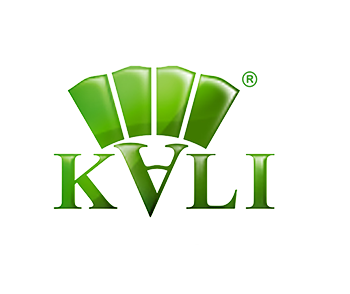
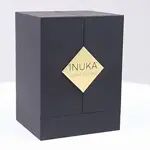
Top 10 Creative Cosmetic Packaging Design Ideas & illustrations 2023 | Luxury-Paper-Box.Com

10 Customs Of The Spring Festival (Lunar New Year) You Need To Know

Top 10 Best Lattafa Perfumes for Women & Men in 2024
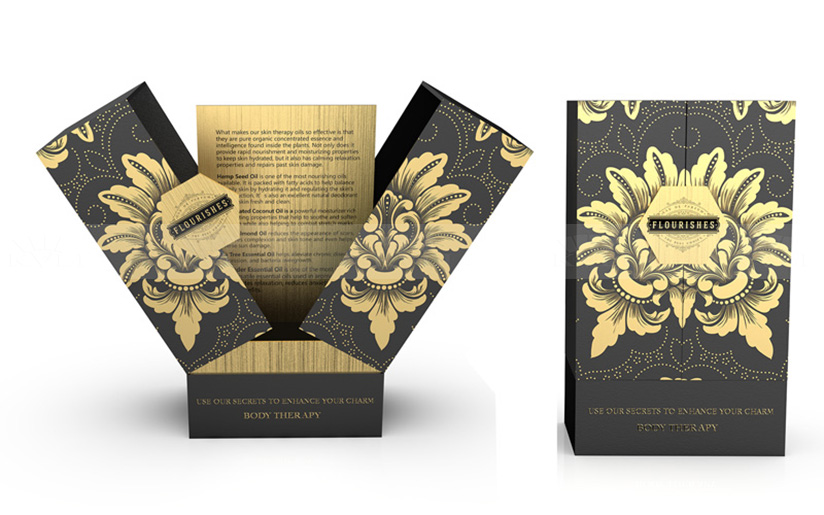
Top 10 Best Packaging Design Software 2023 (Free & Paid)
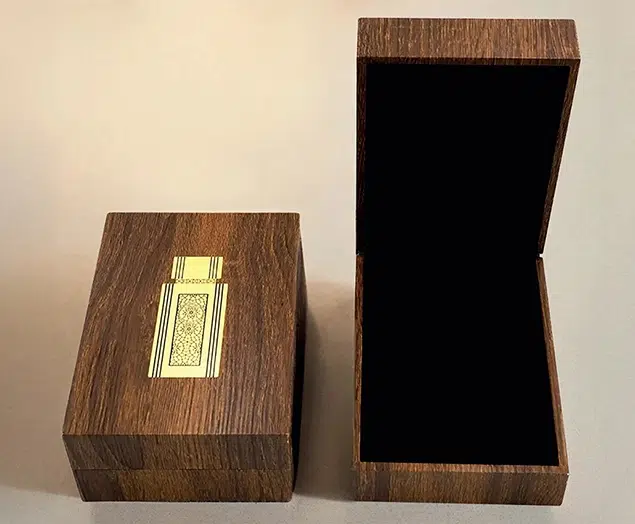
Why Choose MDF Boxes Over Wooden Boxes?



 kali@luxury-paper-box.com
kali@luxury-paper-box.com
